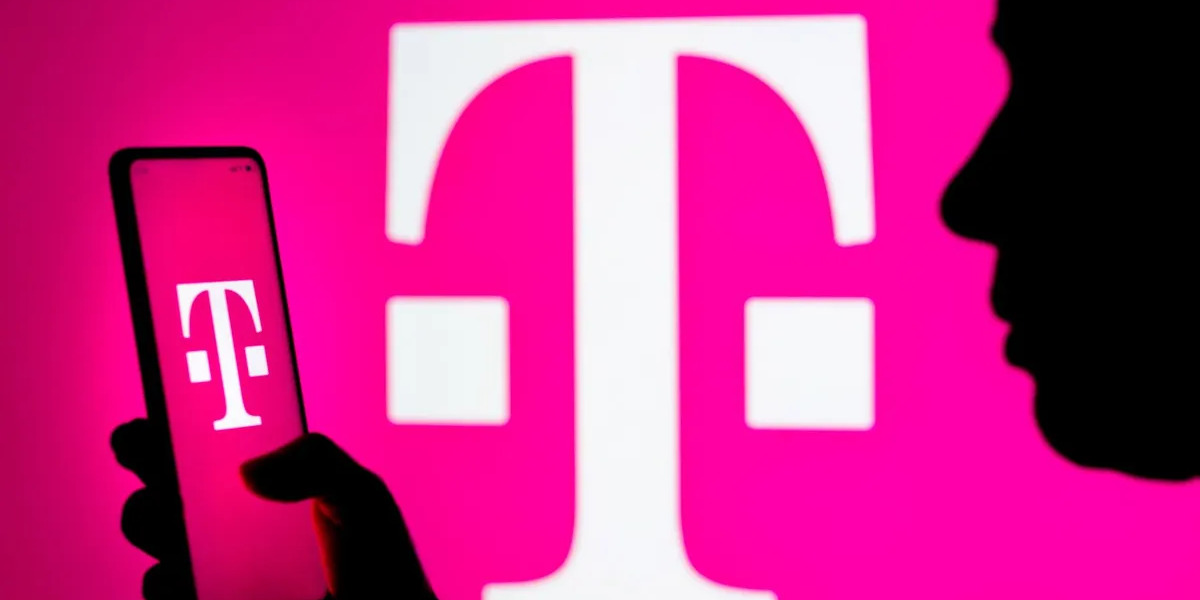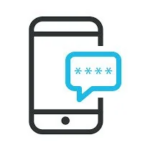Your phone dings with a new text message. You open it, but instead of a familiar name or a standard 10-digit number, you see it’s from “58083.” If you’re wondering who is contacting you and whether the message is legitimate, you’ve come to the right place.
Receiving a text from an unknown short code can be puzzling. This guide will clarify who uses the 58083 short code, why you might be receiving these messages, and how you can easily manage them.
What Are SMS Short Codes? A Quick Overview
First, let’s quickly define what you’re seeing. A 5- or 6-digit number like 58083 is called an SMS short code. In the United States, businesses and organizations use these special numbers to send a high volume of text messages for things like marketing alerts, appointment reminders, shipping notifications, and security verification codes. They are designed to be easier to remember and more efficient for mass communication than a standard phone number. The 58083 short code is a perfect example of this system in action.

The Company Behind the 58083 Short Code: QVC
The mystery behind the 58083 short code has a straightforward answer: this short code is used by QVC, the popular home shopping network.
If you have received a text from this number, it is directly related to QVC’s customer communication for its retail operations.
Why You Might Receive a Message
QVC uses the 58083 short code for several key purposes, almost all of which are related to customer orders and marketing. You might receive a text for one of the following reasons:
- Order Confirmation: To let you know that a purchase you recently made has been successfully processed.
- Shipping and Delivery Updates: To alert you when your item has shipped, is in transit, or has been delivered.
- Marketing and Promotions: To inform you about special offers, deals of the day, or information about QVC’s “Today’s Special Value.”
- Account Alerts: To send notifications related to your QVC customer account.
Did You Sign Up for This?
Many users who receive a 58083 text message don’t recall signing up for alerts. Often, consent is given during the online checkout process by checking a box to receive order updates via text or by providing a phone number when creating a QVC account. If you’ve ever purchased something from QVC, it’s very likely you were added to their messaging list for transactional alerts.
Is the 58083 Text Message Legitimate and Safe?
Yes, in the vast majority of cases, a 58083 text message is a legitimate and safe communication directly from QVC. It is not typically associated with phishing scams or malicious activity.
However, it’s always wise to practice good digital safety. Even though the sender is known, you should be cautious about clicking links in any text message. If a text asks you to log in or check your order status, the safest method is to open your web browser and navigate directly to the official QVC website or use their mobile app. This prevents any risk of being redirected to a fraudulent look-alike site.
How to Stop Receiving Texts from 58083
Whether you’re tired of the promotional messages or you’re no longer a QVC customer, stopping the texts is simple. You can opt out at any time using a standard, legally mandated command.
- Reply “STOP”: This is the most effective way to unsubscribe. Simply reply to the 58083 text message with the word STOP. You should receive an automated confirmation that you have been removed from the list and will no longer receive messages.
- Reply “HELP”: If you want to confirm the sender before unsubscribing, you can reply with the word HELP. This should trigger a response identifying the service as QVC and providing more information.
- Manage Your QVC Account: You can also log into your account on the QVC website. In your account settings, you should be able to find communication preferences where you can uncheck the option for SMS or text message alerts.
In conclusion, a 58083 short code text isn’t a random scam, but a communication from QVC. Now that you know its origin, you can confidently determine if it’s a helpful order update or a marketing message you’d prefer to stop—and you have the simple tools to do so.


